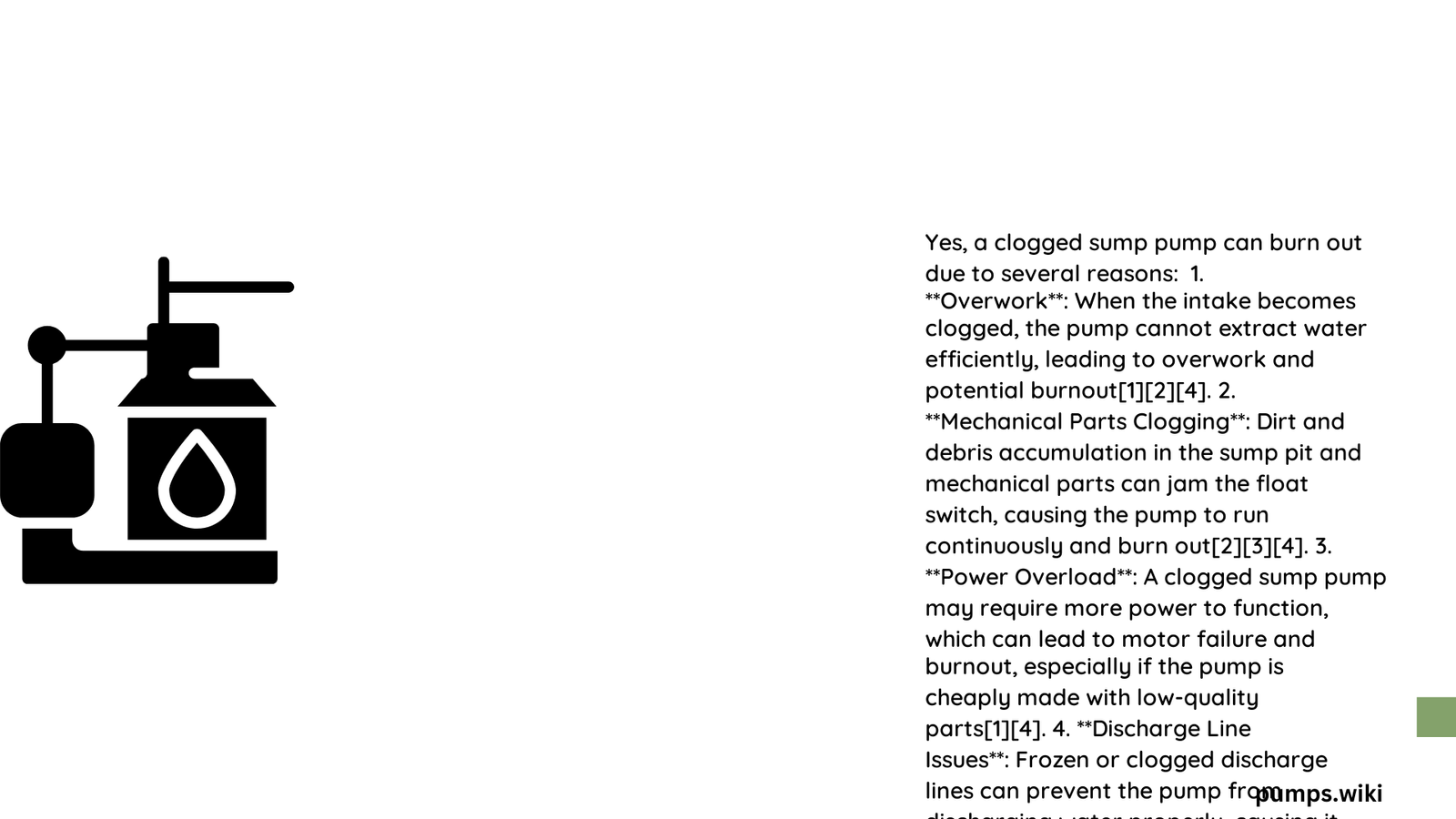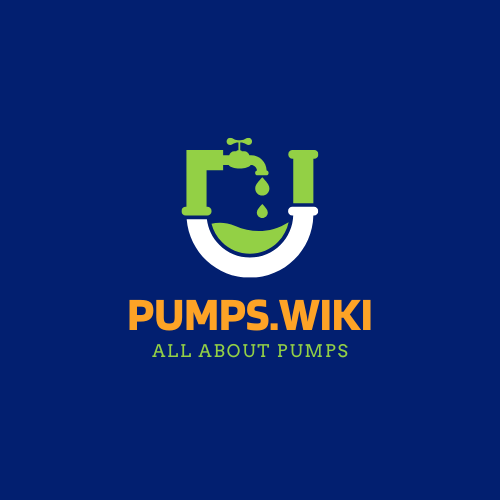Sump pump clogging can indeed lead to motor burnout, creating a critical risk for homeowners. When debris, sediment, or mineral buildup obstructs the pump’s impeller or intake screen, the motor must work exponentially harder to move water, generating excessive heat and mechanical stress. This increased load can rapidly accelerate motor deterioration, potentially causing complete failure and leaving your basement vulnerable to flooding. Understanding the mechanisms, symptoms, and prevention strategies is crucial for maintaining your sump pump’s reliability and protecting your property from water damage.
What Happens When a Sump Pump Gets Clogged?
When a sump pump becomes clogged, multiple mechanical stress factors emerge:
How Does Clogging Increase Motor Load?
- Mechanical Resistance: Debris blocks water flow, forcing the motor to exert more energy
- Heat Generation: Increased resistance creates friction and temperature elevation
- Impeller Obstruction: Prevents efficient water movement, causing continuous strain
What Are the Primary Clogging Sources?
| Clogging Source | Potential Impact |
|---|---|
| Sediment Buildup | Reduces pump efficiency |
| Mineral Deposits | Creates mechanical resistance |
| Organic Debris | Blocks intake mechanisms |
| Gravel/Small Rocks | Damages impeller components |
Can Continuous Operation Lead to Burnout?
A clogged sump pump experiencing continuous operation faces significant risks:
- Motor Overheating: Prolonged strain generates excessive temperatures
- Mechanical Wear: Constant resistance accelerates component degradation
- Electrical System Stress: Increased power consumption damages internal circuits
What Are the Warning Signs of Potential Burnout?

Homeowners should monitor these critical indicators:
- Unusual grinding or straining sounds during operation
- Significantly reduced water pumping capacity
- Motor running without water movement
- Visible debris accumulation in the sump basin
- Float switch movement restrictions
How Can Homeowners Prevent Sump Pump Clogging?
Proactive maintenance strategies include:
- Regular Inspection: Annual comprehensive pump examination
- Clean Intake Screens: Remove accumulated debris quarterly
- Install Protective Filters: Prevent large particle entry
- Use High-Quality Pumps: Invest in robust, clog-resistant models
- Professional Maintenance: Schedule expert evaluations
What Are the Cost Implications of Pump Failure?
- Replacement Cost: $200 – $1,000 depending on pump complexity
- Potential Water Damage: Can exceed $10,000 in basement restoration
- Average Pump Lifespan: 7-10 years with proper maintenance
Expert Recommendations for Pump Protection
Professional technicians recommend:
- Install backup battery systems
- Use submersible pumps with robust sealing
- Implement regular cleaning protocols
- Monitor pump performance consistently
Technical Insights
- Motor Temperature Threshold: Most pumps fail around 220°F
- Recommended Maintenance: Quarterly visual inspections
- Ideal Pump Efficiency: Maintains water removal rate above 30 gallons per minute
Conclusion
Understanding sump pump clogging mechanisms empowers homeowners to prevent costly failures. Regular maintenance, early detection, and proactive management are key to ensuring reliable water removal and protecting your property from potential water damage.
